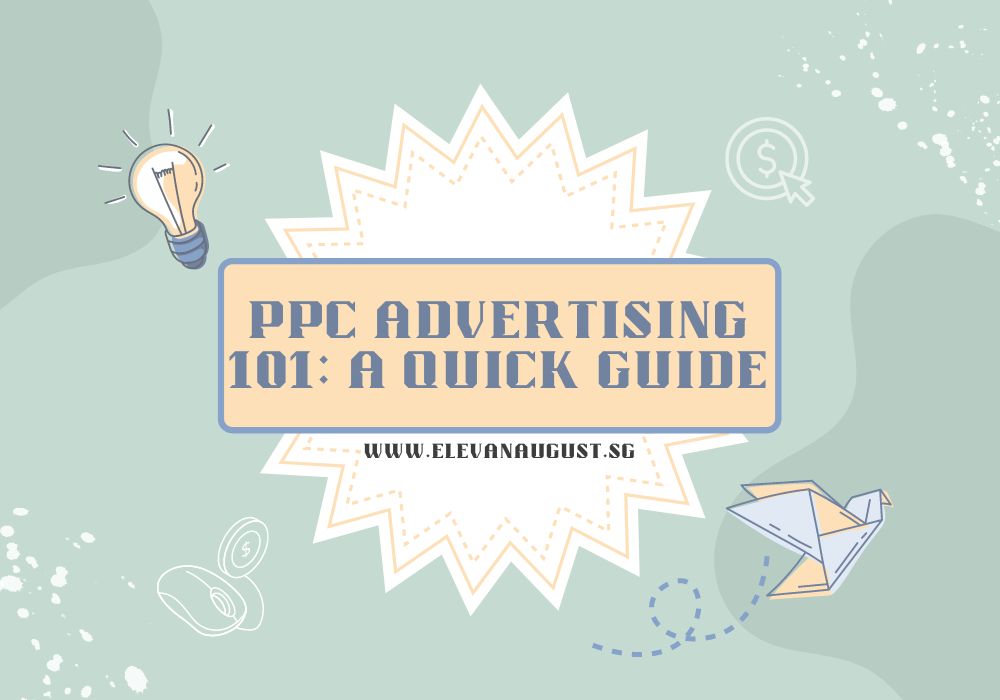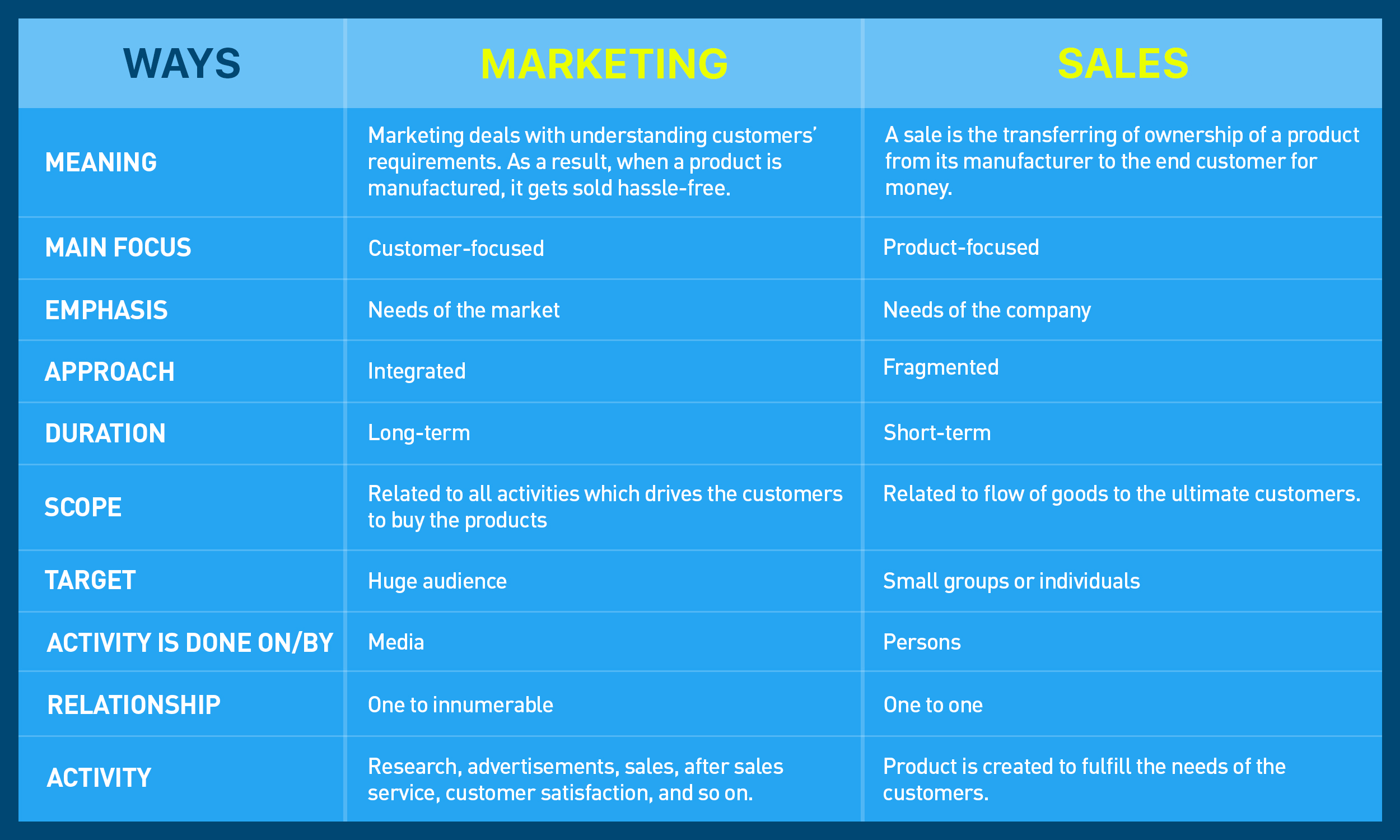PPC (pay-per-click) is an online advertising model where you pay when someone clicks your ad. Unlike traditional advertising, you pay only for demonstrated interest, not just exposure.
PPC ads appear on search engines, social platforms, and websites, blended into results.
The most common is Google Ads, but others like Bing, Facebook, and LinkedIn offer PPC too.
How PPC Works
Imagine PPC as an auction. You bid on keywords relevant to your business. When searches match those keywords, a real-time auction runs.
The advertising platform evaluates your bid, ad quality, and landing page relevance. Winning ads then appear in the results.
You pay only when searchers click your ad—hence the “pay-per-click” model.
Setting Up Your First Campaign
To launch a PPC ad campaign, you need to:
- Choose a platform
- Set your budget
- Select target keywords
- Create your ad copy
- Create a landing page
- Set bid amounts
Start small. Test different keyword variations and ad versions to see what resonates best with your audience and objectives.
Keyword Research
Choosing the right keywords is important. Target terms potential customers search that aren’t too competitive.
Use tools like Google’s Keyword Planner to uncover relevant keyword options.
Balance broad and narrow keywords. E.g. a bakery targeting both “fresh bread” and “gluten-free sourdough in [City].”
Creating Compelling Ad Copy
Create ad copy by focusing on your unique selling points. Use action verbs, include specific numbers or percentages, and create urgency.
Address the user’s pain points and offer clear solutions. Test different variations to see what resonates best.
Always end with a strong, clear call to action that guides the next step.
Landing Pages That Convert
Landing pages continue the visitor journey from ad to goal completion. Match headlines, offers and visuals across both to smooth transitions.
Stay focused on one clear call-to-action per page. Spotlight benefits over features in persuasive copy.
Add trust signals like testimonials and security badges. Make calls-to-action impossible to ignore with contrasting colors and compelling text.
Optimize for mobile and speed. A/B testing allows continual optimization across layouts, copy, and CTAs to improve conversions.
Simpler often outperforms complex in landing page design.
Retargeting To Re-Engage Visitors
Retargeting shows relevant ads to previous site visitors, gently re-engaging those who initially showed interest without converting.
Retargeting platforms allow implementation tracking pixels to monitor site traffic. You can then create tailored ads addressing common objections or offering exclusive deals to targeted segments.
For example, target cart abandoners with special discount codes.
Retargeting lifts conversion rates higher than standard ads since you’re reaching warm leads already familiar with your brand.
Just mind the frequency—avoid appearing overly promotional.
Monitoring and Optimizing
PPC demands ongoing refinement, not a set-and-forget approach. Regularly monitor metrics like:
- Click-through rate (CTR): How often people click your ad after seeing it
- Conversion rate: How many clicking visitors take desired actions, like purchases
- Cost per click (CPC): What you pay for each ad click
- Quality score: Google’s rating of your ads’ relevance
Leverage this data to refine keywords, ad copy, and bids for improved performance.
Final Thoughts
At Elevan August, as a leading digital marketing agency in Singapore, our PPC experts help brands create strategies tailored for their business goals.
Whether you’re just starting out or optimizing existing efforts, we’ll identify the right keywords, create high-converting ads and landing pages, and drive ongoing refinement to unlock your online advertising potential.
The key? Effective PPC requires an agile, ever-learning approach. Get in touch with us today and let’s discuss how we can use PPC ads to scale your business.






